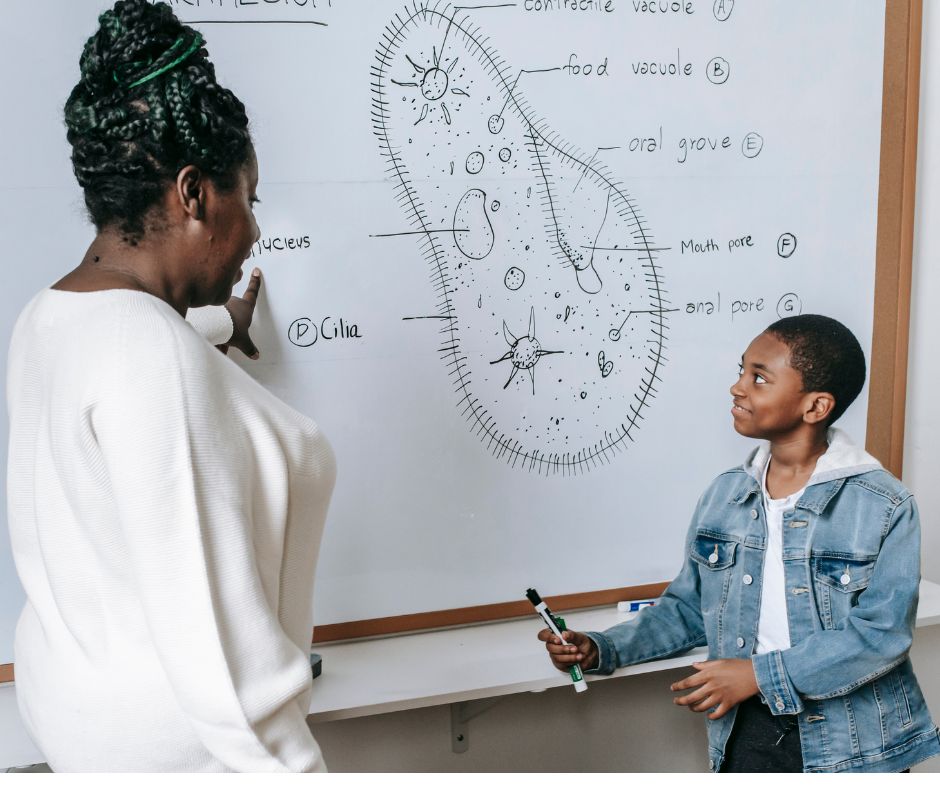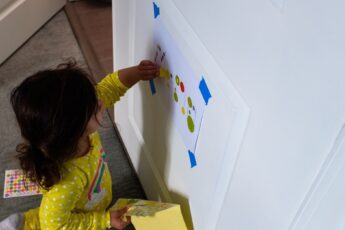Students learn in various ways: from imaginary play (visual learning) to listening to a teacher speak (auditory). These four learning styles are developing faster and becoming more noticeable in students. Here’s how to support different learning styles.
Reading and Writing
The reading and writing learners learn best by reading and writing important information down by hand or keyboard. Unlike other types, this one’s the easiest to help. It’s easiest because it’s a more traditional school learning method.
How Do You Cater to Reading and Writing Students?
As mentioned, the reading and writing students are the easiest to cater to since it’s a traditional learning method and requires a normal learning structure without creating alternatives to a plan. So the most you’d do with your learner is provide them with reading materials and assignments revolving around essays and research.
Visual
Visual learners learn better through images, such as pictures, detailed directions, diagrams, and more. When a student has this style of learning, they discover and retain information through sight. You’d normally catch these students drawing or writing their notes down.
How To Help This Learning Style
Students with this learning style could learn best through smart technology and playing with toys. Visual learning is becoming more apparent in schools, with more teachers preferring the imaginary learning method as it allows students to understand difficult concepts through visual examples. So teachers should use smart technology to enable students to doodle and learn from the notes they write or see visually.
Auditory
Auditory learning is using sound. If you’ve noticed students looking straight ahead or reading to themselves, this is likely because they’re aural learners. Auditory learners enjoy using their voices to apply new concepts and ideas to a lesson.
How Do You Help Auditory Students?
Many auditory learners find it difficult to sit still and be quiet, mostly because they’re attempting to involve themselves in the conversation.
For auditory students, you could hold group discussions, allowing auditory students to lead the group. Having an aural student take control of a group encourages others with different learning styles to understand concepts and ideas in their own way.
Kinesthetic
Kinesthetic learners are the ones who need to learn through experiences. They’re most interested in learning when they can touch, act out, go on field trips, or participate in other interactive activities.
How Do You Help Kinesthetic Learners?
The kinesthetic learner learns best through experiences. So by placing them in group projects or going on field trips to plays, museums, or other sites, they can adapt to their environment and learn from what’s around them.
Everyone needs to know the different learning styles of students, as it helps parents and teachers understand how to support children. These learning styles will help teachers develop better strategies to teach students and encourage parents to support their children at home.








Leave a Reply